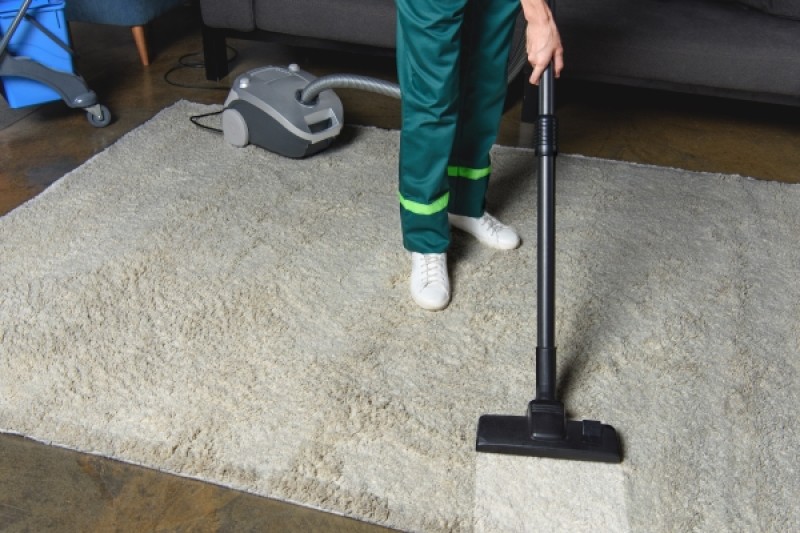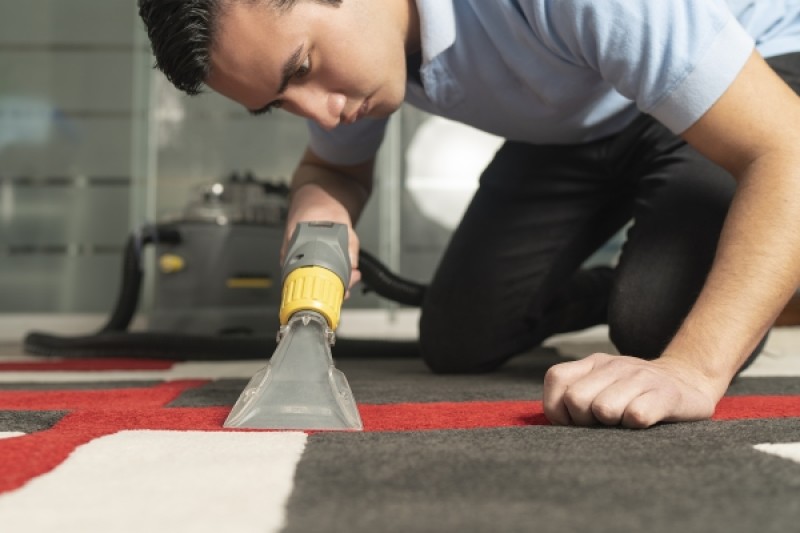Are you the proud owner of an oriental rug? If the answer is yes, your rug is made either with wool or silk. The two fibers, although both natural, are very different from each other and silk requires the expertise of a silk rug cleaner in NY. Keep on reading to find out more about silk, how to tell it from synthetic replacements, and how to care for a silk rug.
What Makes Silk Rugs So Special
Silk rugs are among the most expensive in the world, first of all, because this fine material is more difficult to source than wool. Silk rugs are known for their lustrous appearance and soft touch, but there is a lot of extra work involved in this luxurious feel – silk strands are thinner than wool and these rugs have a higher knot count. So, there is more labor needed to produce a silk rug.
While wool rugs are more affordable and known for their durability, silk rugs are more resilient than you might think. Silk is a pretty strong fiber, but you will need to place your silk rug in an area with less foot traffic and use delicate oriental rug cleaning methods.
How Can You Tell Genuine Silk from Faux Silk
Faux silk rugs can look like silk to the inexperienced eye but an expert will notice the lack of vibrancy and feel that is specific to real silk. A fake silk rug will have flat looking colors and will not shine like real silk. Water spills on faux silk often cause fibers to turn yellow or brown.
Fake silk rugs are even more delicate than genuine silk rugs because they are made from rayon or viscose, two of the weakest synthetic fibers. These two fibers also tend to bleed, which means that a single wash can destroy your fake silk rug.
We recommend you to pay attention to wild silk rugs, as well, as this type of fiber lacks the quality of silk produced by worms with controlled diets.
How to Care for a Silk Rug
Now that you know you are in possession of a genuine silk rug, before you need assistance from a silk rug cleaner in NY, let’s see how you should care for your treasure:
Limit foot traffic
It is advised to display silk rugs on walls rather than floors or at least to place them in areas with reduced foot traffic. If someone steps on the rug, ask them to remove their shoes and wear socks.
Prevent stains and spills
Prevention is better than cure, so keep saturated liquids such as wine and juice away from your silk rug. Train pets to not lay on the silk to prevent pet stains and odor. If your pet urinates on the silk rug, do not apply enzymatic cleaners or pet urine stain removers because they will damage the rug.
Vacuum regularly
It is advised to gently vacuum your silk rug every week or every two weeks. Use a suitable brush attachment, preferably the upholstery nozzle attachment, and do not rub the brush aggressively against the rug. Avoid the beater or roller brush because they are too harsh on your delicate silk rug.
Rotate
Is your silk rug exposed to sunlight? Rotate it every few months to make sure that all parts of the rug are exposed to light equally. Silk is a natural material and tends to fade in time, so use curtains and shades to limit exposure to UV rays.
Do not attempt steam cleaning
Steam cleaning is an amazing cleaning method – eco-friendly, affordable, effective – but not for silk rugs. Temperatures above 80 degrees Fahrenheit (29 Celsius) can damage silk significantly, so steam, which is 212 degrees Fahrenheit (100 Celsius) is definitely a silk killer!
Do not let water sit on the silk
In case of a spill, use a clean cloth to soak up standing water and then blot the area with another dry piece of fabric or towel in a gentle manner and without rubbing.
If you are dealing with a stain on your silk rug, blot the stain with a clean white towel to prevent the spill from settling in before a silk rug cleaner NY service can come and remove the stain.
How Silk Rugs Are Cleaned
There comes a time when eventually you need to have your silk rug cleaned, no matter how careful you have been. Best is to use the services of a silk rug cleaner NY because they can obtain optimal results without damaging your valuable possession.
The cleaning starts with vacuuming, which will remove dust and allergens that have settled into the rug over time.
Next, a cold wash with silk rug shampoo is performed. Silk rug shampoo is found in specialty stores and is commonly used by carpet and upholstery cleaning companies, which can supply it at a lower cost. This type of shampoo is gentle, non-toxic, and has an EPA Safer Choice label.
Many silk rug owners are asking us if we can come and dry clean their rugs. It is possible, but there is a risk involved – dry cleaning can shrink certain types of silk, so read care instructions before deciding on dry cleaning. Silk is perfectly suited for cold washing and needs to be left outside to air dry for 24 hours.
When your silk rug is in need of cleaning, do not make decisions hurriedly and ask for professional advice instead. By choosing the right cleaning method, you will protect your investment and extend its lifespan.




